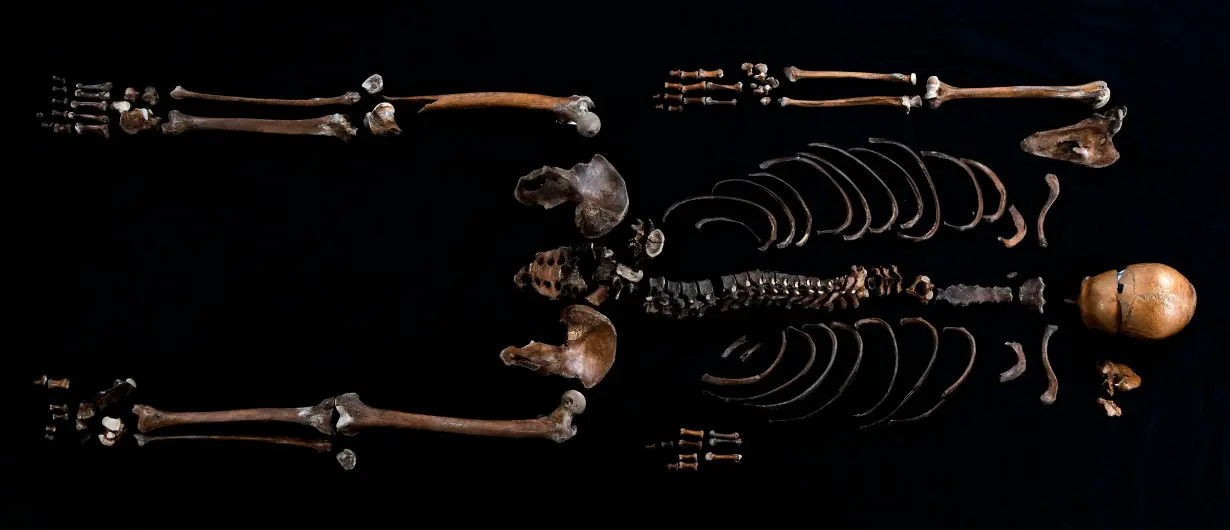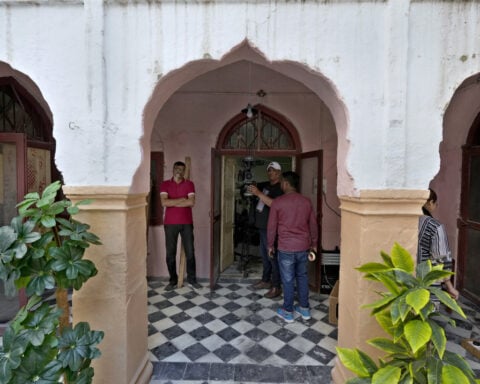(CNN) — Researchers have connected the identity of skeletal remains found in a well at Norway’s Sverresborg castle to a passage in a centuries-old Norse text.
The 800-year-old Sverris saga, which follows the story of the real-life King Sverre Sigurdsson, includes the tossing of the body of a dead man — later known as “Well-man” — down a well during a military raid in central Norway in 1197.
It’s likely, according to the text, that raiders lobbed the body into the well to poison the main water source for locals, but little else is said about the man or who he was in the saga.
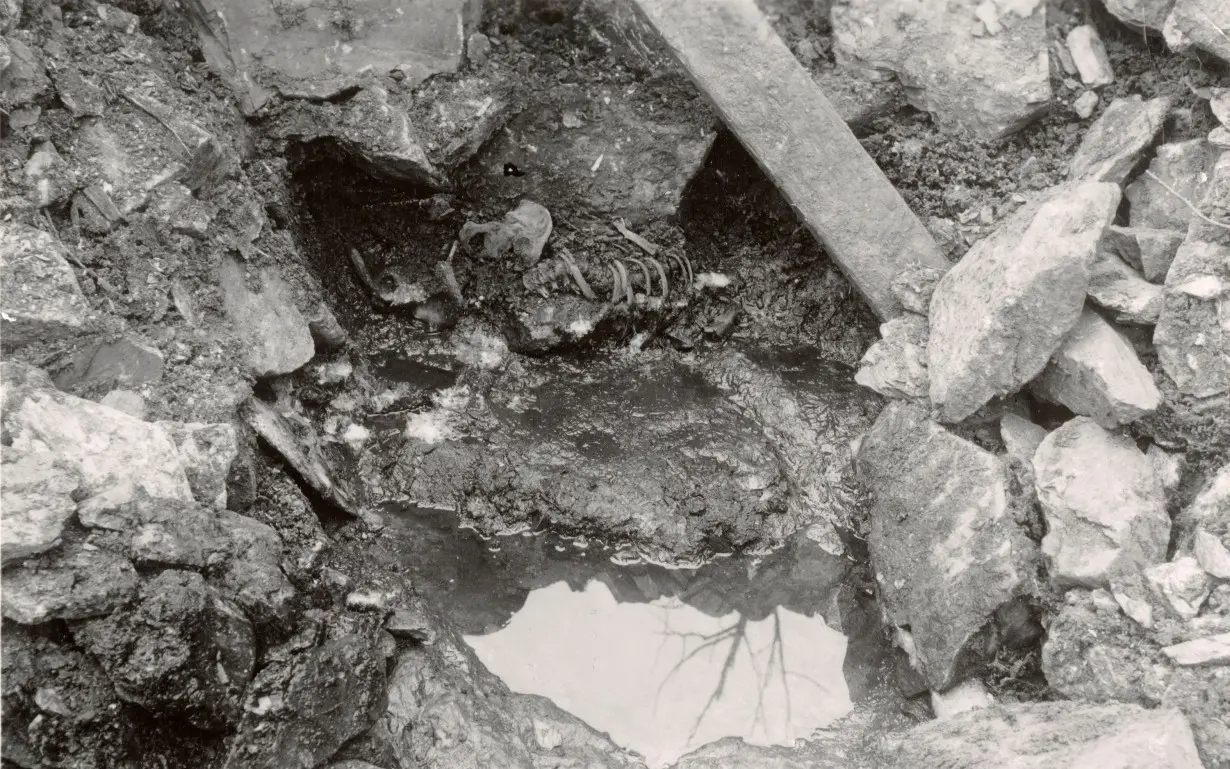
Researchers initially uncovered the bones in the castle’s well in 1938, but they were only able to carry out a visual analysis at the time. Now, scientists have an array of analytical techniques at their disposal, including genetic sequencing and radiocarbon dating.
A new study on the remains, published Friday in the Cell Press journal iScience, reveals unprecedented insights into Well-man’s appearance based on in-depth research on samples of his teeth.
“This is the first time that a person described in these historical texts has actually been found,” said study coauthor Michael D. Martin, a professor in the department of natural history at the Norwegian University of Science and Technology’s University Museum in Trondheim, in a statement.
“There are a lot of these medieval and ancient remains all around Europe, and they’re increasingly being studied using genomic methods.”
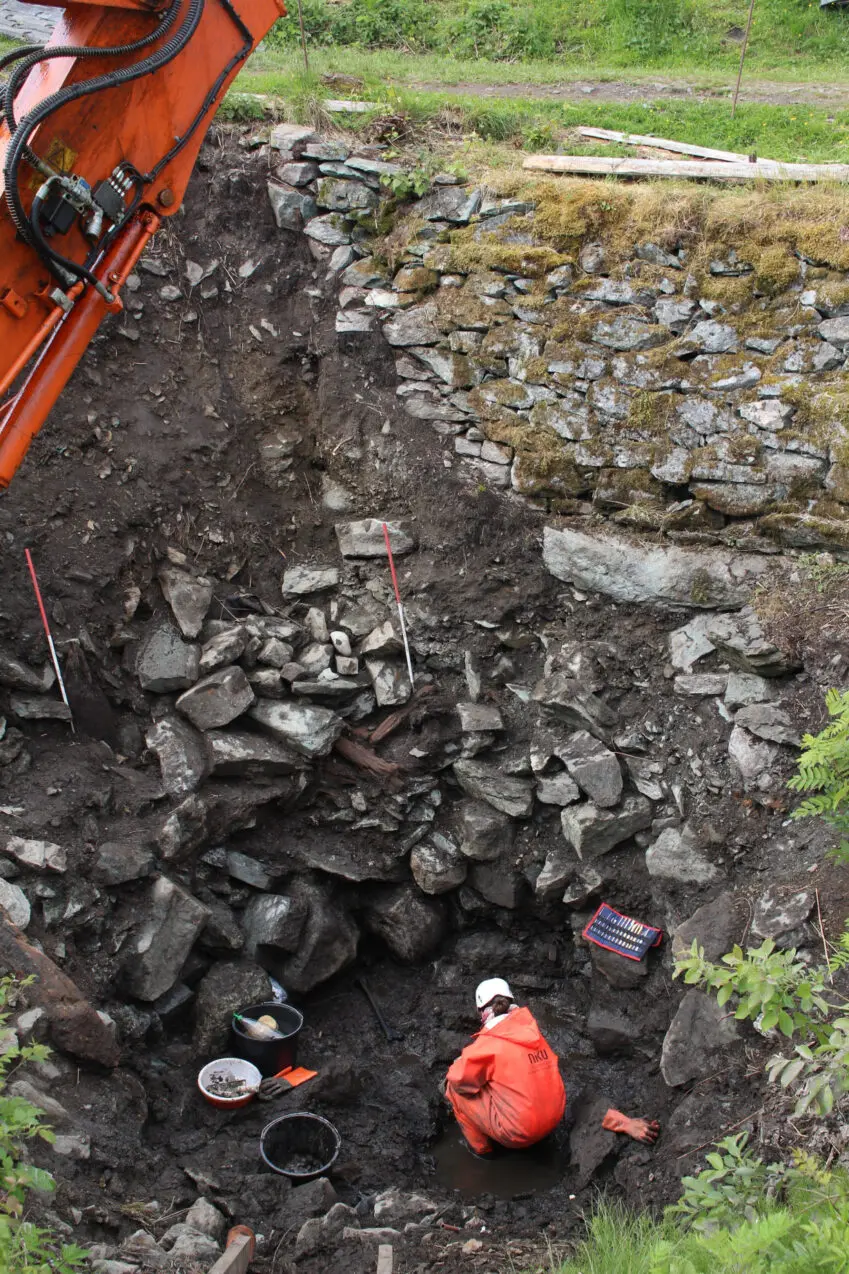
The findings not only shed fresh light on what Well-man looked like but also who he was, with a surprising twist about how he ended up in a Norse saga.
Unveiling an anonymous historical figure
The Sverris saga is a window into the ambitious rise of King Sverre, who lived from 1152 to 1202 and reigned over Norway during the second half of the 12th century. The text includes revelations about Norway’s early history, describing periods of political instability and conflict — with wars caused by disputes over who would succeed to the throne after King Sigurd Munn, according to the study.
Sverre threw his name into the mix when he claimed to be a son of Munn. Munn was killed by his brother in 1155, which sparked the succession scuffle.
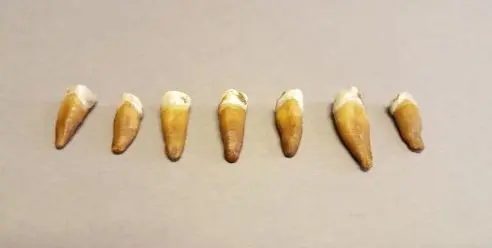
While many of the Norse sagas derive from oral traditions and older lost manuscripts, the Sverris story appears to have been written in tandem with the events described within it — by someone close to the king. The text is rich in detail, including full names, locations, battles and military strategy as well as Sverre’s speeches.
Throughout the narrative, Sverre’s men are referred to as Birkebeiner, meaning ”birch legs,” reportedly due to their use of primitive birch bark as footwear and leg coverings. Meanwhile, Sverre’s opponents, organized by representatives of the Roman Catholic Church, were called the Baglers, derived from the Norse “bagall,” meaning ”bishop wand,” the study authors noted.
In 1197, as King Sverre spent the winter in Bergen along Norway’s western coast, the Baglers carried out a surprise attack hundreds of miles away against Sverresborg castle, which the monarch built in 1180 in what’s now the city of Trondheim. The Bagler army crept into the stronghold through a secret door as residents dined, burning everything inside, according to the study.
Well-man appears in one line in the text: “They took a dead man and cast him into the well, and then filled it up with stones.”
Some of his skeletal remains were uncovered beneath large stones during an excavation of the well in 1938. More of his bones turned up in new excavations in 2014 and 2016 along the southern side of the well, including parts of his left hand (the left arm was missing) and skull, which researchers found disconnected from the body.
Research carried out along with the more recent excavations suggested that the bones belonged to a man 30 to 40 years old at the time of death. It’s been difficult for scientists to determine how much of the trauma recorded by his bones occurred after death, but a blunt force injury to the rear left part of the skull, as well as two sharp cuts in the skull, likely happened before he died, according to the study authors.
For the latest study, Martin and his colleagues wanted to bring together historical, archaeological and genetic context for Well-man’s remains.
A surprising portrait of Well-man
An initial radiocarbon dating analysis helped the research team confirm that Well-man’s remains were about 900 years old, which aligns with the timeline in the Sverris saga.
The team was hoping to sequence Well-man’s genome from his bones, given that they appeared to be in good condition, but surprisingly, the DNA was poorly preserved inside them, Martin said.
Lead study author Dr. Martin Ellegaard at the Norwegian University of Science and Technology instead used samples of a tooth to sequence the genome, which enabled the team to discover that Well-man likely had a medium skin tone, blue eyes, and blond or light-brown hair.
The researchers collaborated with Agnar Helgason to compare Well-man’s genome with the genomes of anonymous modern Norwegians stored in reference databases at Iceland’s deCODE Genetics, where Helgason is the head of anthropology.
The results showed that Well-man was closely related to people in southern Norway.
King Sverre’s defeated army came from parts of central Norway, while the raiding Baglers were from the south.
“The biggest surprise for all of us was that the Well-man did not come from the local population, but rather that his ancestry traces back to a specific region in southern Norway. That suggests the sieging army threw one of their own dead into the well,” Martin said.
While it’s impossible to know the true intent of the Baglers when they threw the body down the well, the Sverris saga says the raiders wanted to make the castle uninhabitable and undefendable for King Sverre and his people.
Unanswered questions
Placing a corpse into the only nearby source of drinking water would cause pollution, which may have been amplified if Well-man had a disease. No pathogens were discovered when studying Well-man’s teeth, but that may have been due to the destructive techniques used in examining the tooth.
To sequence Well-man’s genome, the researchers had to remove the tooth’s outer surface to avoid contamination potentially caused by anyone who previously handled it during excavation, and then ground half the tooth into powder, which means the sample can’t be used for future tests. But other teeth from the remains could be tested.
“Though there are other teeth available from this individual we need to consider if new techniques in the future will provide additional information than what is available with today’s methods,” Ellegaard said. “Another consideration is the scientific value we obtain. In this case we only have one side of the story — the saga — which has a clear agenda, and so here we can justify our approach to corroborate the one-sided written words, as opposed to if there were several records or other means of data available.”
Maja Krzewińska, a researcher at the Centre for Palaeogenetics in Stockholm, Sweden, found the study’s methodology to be well-executed but said she was most impressed that the remains could be linked to an event described in a historical source. Krzewińska was not involved in the study.
“There is always uncertainty about such old descriptions, so finding a correctly dated male skeleton in this context already adds to the interpretation,” Krzewińska wrote in an email.
“However, showing that his genetic origin may have been in southern rather than central Norway, as was originally expected, changes our perception of the circumstances surrounding the decision of the victors to deposit this particular human carcass in the well. It opens up new possibilities for interpretation (for why the body was dumped) and allows for a deeper understanding and novel insights into stories we thought were largely understood.”
While Well-man’s exact identity may never be known, he’s now more than just the anonymous “dead man” from the saga, Martin said.
“Archaeological science, ancient DNA and genetic analyses give us tools to separate fact from fiction, which eventually should give us a more objective and complete view of human history,” Martin said.
The-CNN-Wire
™ & © 2024 Cable News Network, Inc., a Warner Bros. Discovery Company. All rights reserved.

 Trump has begun another trade war. Here's a timeline of how we got here
Trump has begun another trade war. Here's a timeline of how we got here
 Canada's leader laments lost friendship with US in town that sheltered stranded Americans after 9/11
Canada's leader laments lost friendship with US in town that sheltered stranded Americans after 9/11
 Chinese EV giant BYD's fourth-quarter profit leaps 73%
Chinese EV giant BYD's fourth-quarter profit leaps 73%
 You're an American in another land? Prepare to talk about the why and how of Trump 2.0
You're an American in another land? Prepare to talk about the why and how of Trump 2.0
 Chalk talk: Star power, top teams and No. 5 seeds headline the women's March Madness Sweet 16
Chalk talk: Star power, top teams and No. 5 seeds headline the women's March Madness Sweet 16
 Purdue returns to Sweet 16 with 76-62 win over McNeese in March Madness
Purdue returns to Sweet 16 with 76-62 win over McNeese in March Madness
